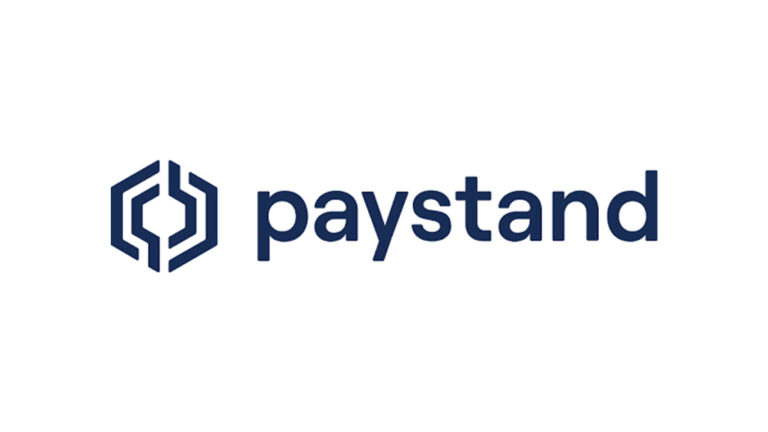Stablecoins
New Payment Modality, New Currency
Exchanges
Wallets
Compliance - KYB, AML
On / Off-ramps
RWA Tokenization
Custodianship
Private, Permissioned Blockchains
Stablecoins, Utility Tokens

LevelField Bank Approved to Offer Business and Consumer Banking and Digital Asset Services in All U.S. States and Territories
LevelField Financial, a U.S. financial services firm seeking to unite traditional banking and digital asset products and services in one

Paystand Acquires Bitwage to Scale Enterprise Stablecoin Payments in Global B2B Finance
Paystand, a blockchain-powered B2B payments network, has acquired Bitwage to embed stablecoin payouts directly into enterprise AR/AP and treasury workflows,

Adam T. Hark
Managing Member
Stablecoin Expert
Financial disruption incarnate.
For many fintech professionals, including fintech investment bankers, the speed of stablecoin adoption has been nothing short of breathtaking. Its first and most obvious use case continues to be cross-border payments, as the blockchain-based digital asset provides for an objectively better solution than the existing SWIFT network and the correspondent banking system. But this is just the start of a new age of payment and value transfer. The speed, security, and information rich transactional data stablecoins offer is attracting a lot of attention for B2C payouts, B2B domestic payments, and even C2B use cases as BIG Retail explores its implementation as a way to save billions of dollars (literally) by avoiding card network fees and issuing bank interchange.
From a fintech analyst’s perspective, it may be the most disruptive technology seen in payments and in decades. From a fintech investment banker’s perspective, it’s a new modality that, depending on a company’s core product/service offering, may be a “must have” functionality informing short and long-term value creation.
What are stablecoins?
Stablecoins are a category of cryptocurrency designed to maintain a steady value. Unlike highly volatile cryptocurrencies like Bitcoin (not a quality store of value), stablecoins are pegged to a stable asset, commonly a fiat currency like the USD or EURO, short-term treasuries, or a highly liquid commodity such as gold. The price stability captured by the pegging gives this particular digital asset an extremely compelling use case for payments as it in essence represents a tokenized “digital dollar” with the functional benefit of being informationally rich and not having to be conveyed on the world’s outdated financial rails: as a blockchain native token it’s simply a credit or debit entry between wallets on a distributed ledger.
Types of stablecoins.
There are four main types of stablecoins, each using a different method to maintain value:
- Fiat collateralized: Backed 1:1 by reserves of traditional currencies held in regulated bank accounts.
- Commodity backed: Pegged to physical assets like gold or oil.
- Crypto collateralized: Secured by other crypto currencies, often over collateralized to account for volatility.
- Algorithmic: Use smart contracts and supply demand mechanisms rather than physical reserves.
Fiat backed stablecoins in practice.
The most common type of stablecoin being used in current applications is that backed by fiat and/or short term treasuries. For all intents and purposes it’s a digital dollar that bridges the gap between traditional money and crypto. Each stablecoin token is tied to an equivalent unit of fiat currency or a liquid asset in a regulated, auditable reserve account maintained by the stablecoin issuer like Circle and Tether. Independent audits and regulatory oversight help ensure transparency, so that one stablecoin is always redeemable for one dollar (or its equivalent).
Regulation and oversight.
As stablecoins grow in popularity, governments and regulators worldwide are developing frameworks to ensure their safety, transparency, and integration with the broader financial system. The balance between innovation and oversight will be key in shaping how stablecoins are used in the future.
In the United States, the GENIUS Act of 2025 provides a regulatory framework for stablecoins, requiring issuers to maintain 1:1 reserves, submit to regular audits and comply with consumer protection standards. This legislation represents a significant step toward integrating stablecoins into the broader financial system while reducing risks for both businesses and consumers.
How do stablecoin issuers make money?
Yield. Stablecoin issuers operate on a revenue model whereby they capture the yield from the short term treasuries they hold which back the number of minted coins issued 1:1. If not obvious, this model means that their viability and profitability is extremely interest rate sensitive. However, many issuers are also infrastructure providers as well, building the blockchain that supports the distributed ledger. This tech-enabled services revenue must also be accounted for when assessing the health of any issuer.
It should be noted here that one of the primary regulatory elements of the GENIUS Act is the provision that constrains stablecoin issuers from offering yield to users. The purpose of this restriction is to protect traditional financial institutions (banks) from losing deposits to higher yielding stablecoins kept in wallets or exchanges. Deposits are the life blood of banking, being the foundational capital from which banks lend. Interestingly, the GENIUS Act does not preclude third parties, like exchanges, from offering yield on stablecoins – a work around that will likely require a future amendment to the GENIUS Act or perhaps addressed in the CLARITY Act which Congress is slated to pass before the end of 2025.
